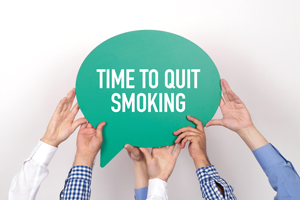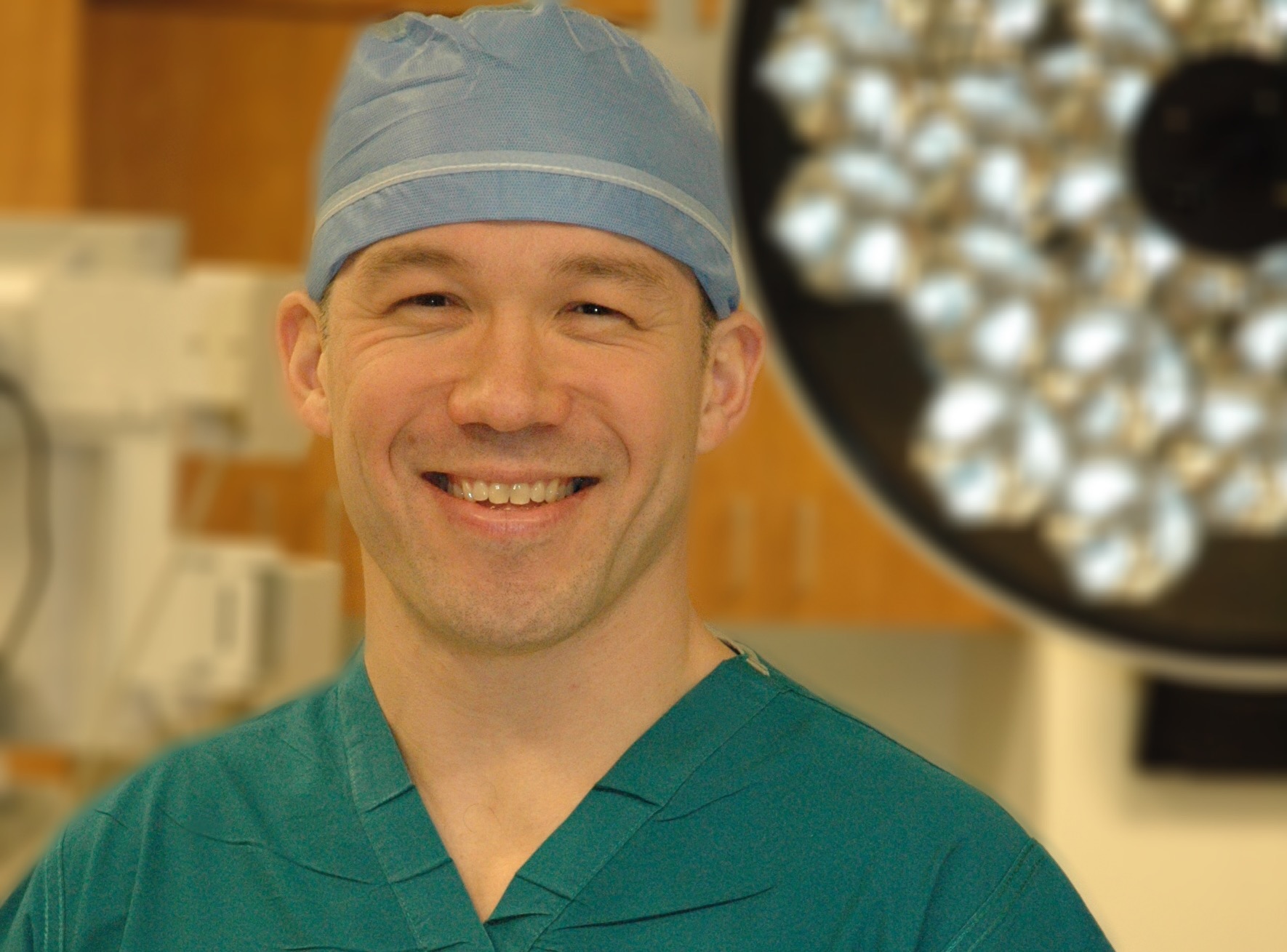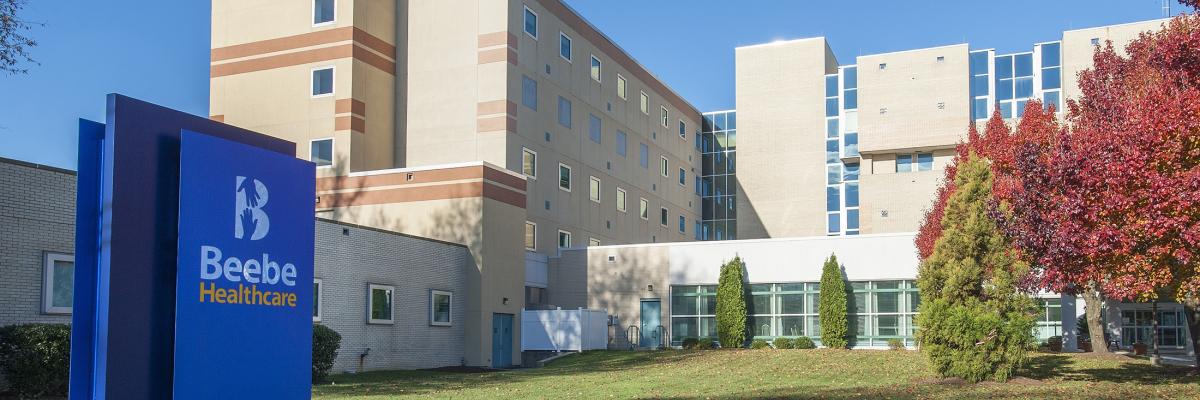Smoking is the No. 1 Most Preventable Cause of Death in the United States
 These are facts: The number of U.S. citizens who have died prematurely due to smoking is more than 10 times the number of U.S. citizens who have died in all of U.S. wars combined.
These are facts: The number of U.S. citizens who have died prematurely due to smoking is more than 10 times the number of U.S. citizens who have died in all of U.S. wars combined.
Nine out of ten lung cancer deaths in men and women are due to smoking.
Eight out of ten deaths from Chronic Obstructive Pulmonary Disease (COPD) are due to smoking.
One out of five U.S. deaths is a result of smoking.
What’s worse is that smoking is completely voluntary. We aren’t born with it and we don’t inherit the trait from our parents. We choose to smoke. We choose to hurt ourselves.
Lung disease is what everyone thinks of when they link smoking to disease, but it isn’t the only adverse effect of smoking. Smoking affects every organ and system in your body, from your head to your toes and from your bones to your skin, including your heart and blood vessels. The leading cause of death in the United States is cardiovascular disease. Smoking significantly increases your risk for cardiovascular disease.
Smoking and Cardiovascular Disease
Smoking may increase your risk of heart disease and stroke by up to 4 times that of a non-smoker. This is because smoking damages your blood vessels, including the arteries that provide blood to your brain and heart. This damage leads to narrowing and eventual blockage of your arteries, leading to a heart attack or stroke. However, every organ in your body requires life-sustaining nutrients provided by blood. This blood gets to those organs via arteries and all of those arteries can be damaged by smoking. This means that smoking damages all your organs, whether they are the kidneys, the liver, or your skin. Even just 5 cigarettes a day can cause this damage to your body.
As a Cardiac Surgery Physician Assistant at Beebe Healthcare, I see the damage caused by smoking first hand. In the operating room. I see the damaged, blackened lungs of a smoker. I assist the cardiac surgeons with bypass surgery for the heart disease caused by smoking. And, I see the poor wound healing of patients who smoke. Like cardiovascular disease, smoking can be a silent killer. You may feel fine and smoke, but by the time you “feel” symptoms, the disease is advanced and the damage is done.
How to Quit
Quitting smoking is a lifestyle change and a very difficult process. The rewards to your health and how you feel will be dramatic. After only one year of not smoking, your risk of coronary artery disease is reduced to half a smoker's risk. After just five years of not smoking, your risk of stroke is almost identical to the person who has never smoked.
Speak with your primary care provider or call the Smoking Cessation Counselors at Beebe to learn about ways to set your QUIT DATE and improve your health. The most important part of quitting smoking is your determination. Almost everyone who smokes has tried to quit. The trick is to never quit quitting.
 Eugene Isaac, PA-C, MS, is a Cardiac Surgery Physician Assistant at Beebe Healthcare. Eugene received a Master’s of Physician Assistant Studies from Towson/Essex University in Baltimore, Md. He has trained and worked at several medical institutions and their affiliates including Johns Hopkins and the University of Maryland. Before joining Beebe’s cardiac surgery team in 2012, he worked as a surgical physician assistant at Medstar’s Good Samaritan Hospital.
Eugene Isaac, PA-C, MS, is a Cardiac Surgery Physician Assistant at Beebe Healthcare. Eugene received a Master’s of Physician Assistant Studies from Towson/Essex University in Baltimore, Md. He has trained and worked at several medical institutions and their affiliates including Johns Hopkins and the University of Maryland. Before joining Beebe’s cardiac surgery team in 2012, he worked as a surgical physician assistant at Medstar’s Good Samaritan Hospital.
